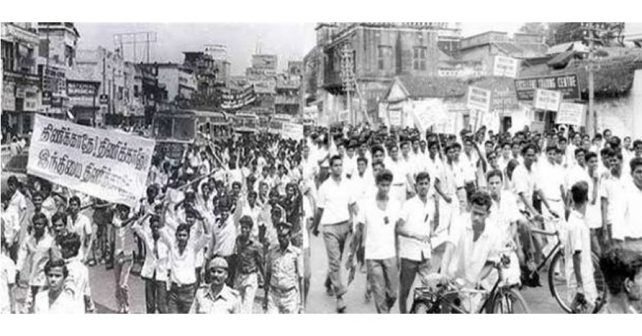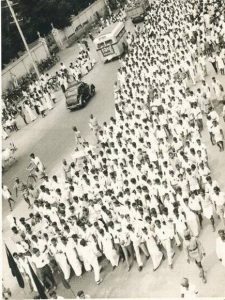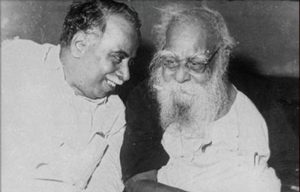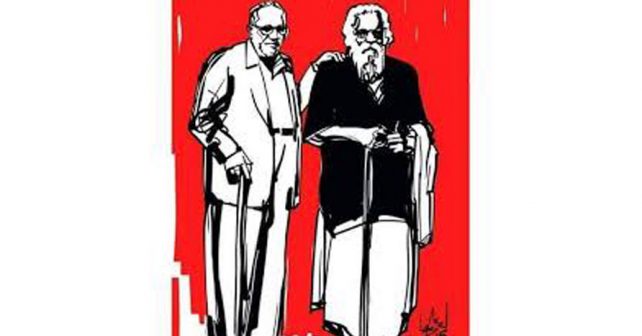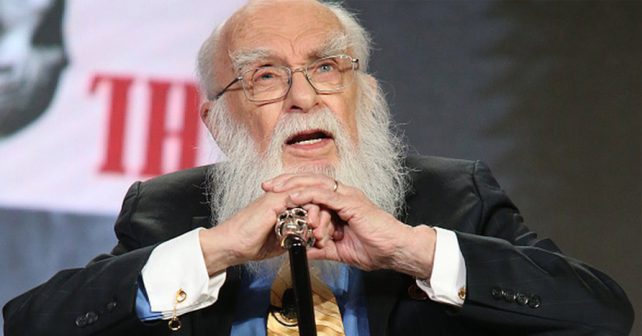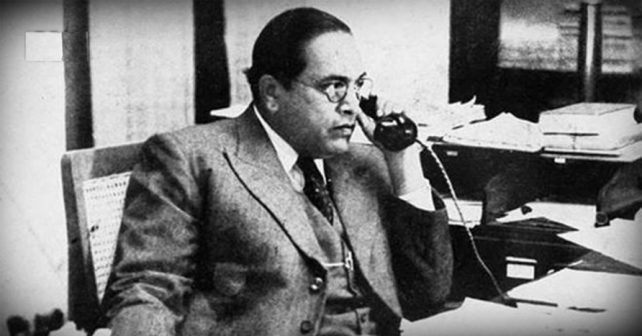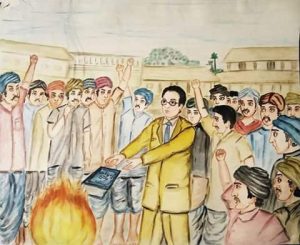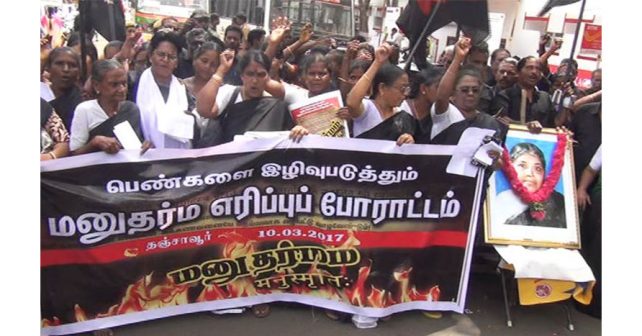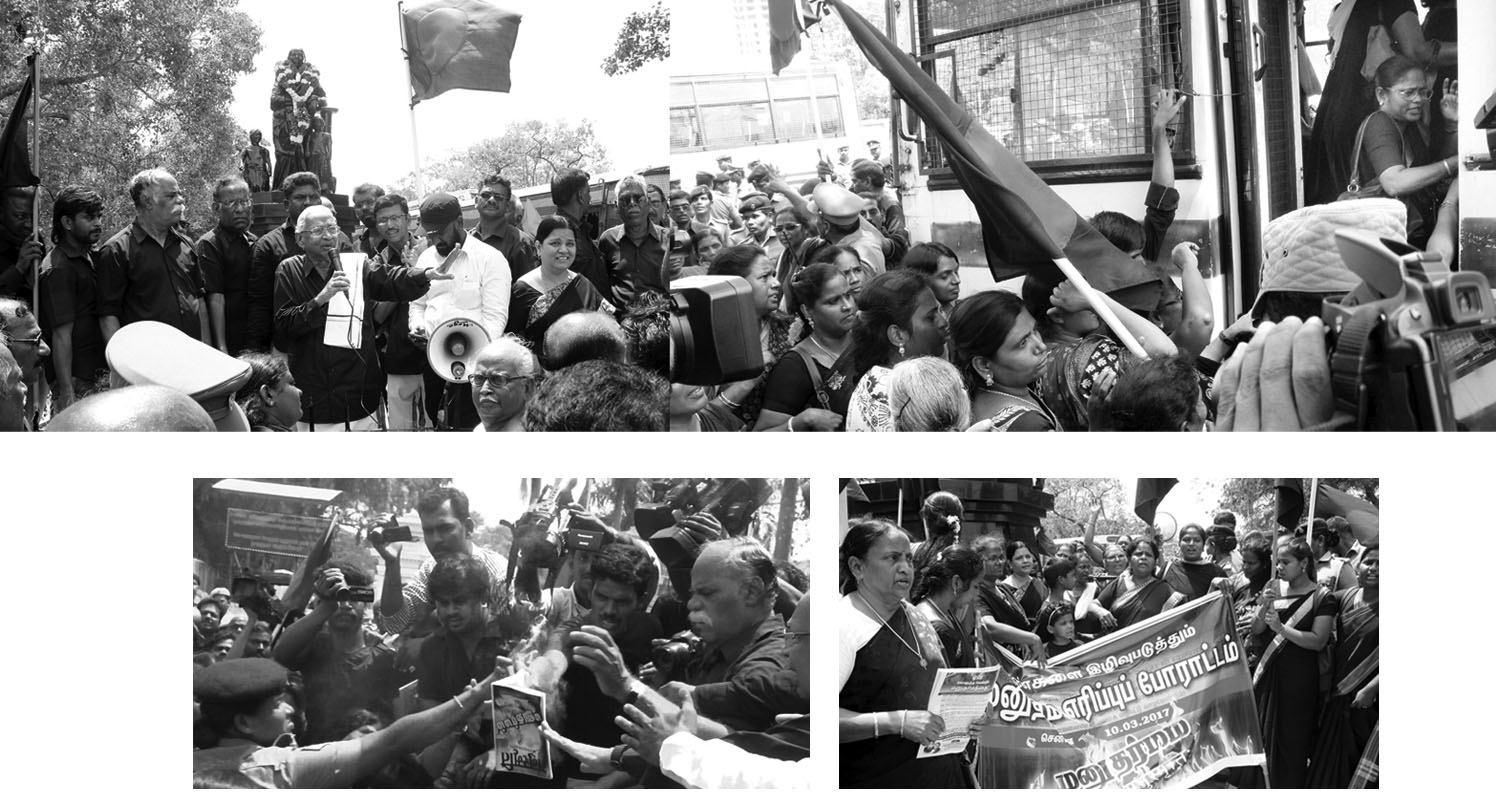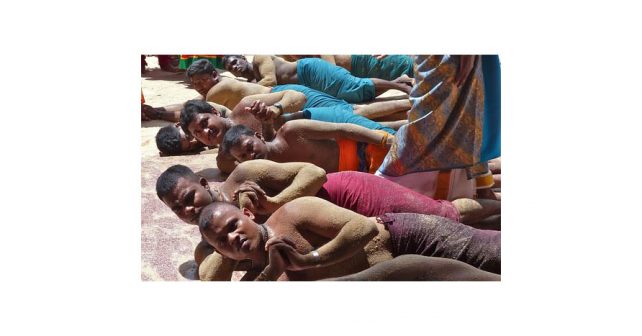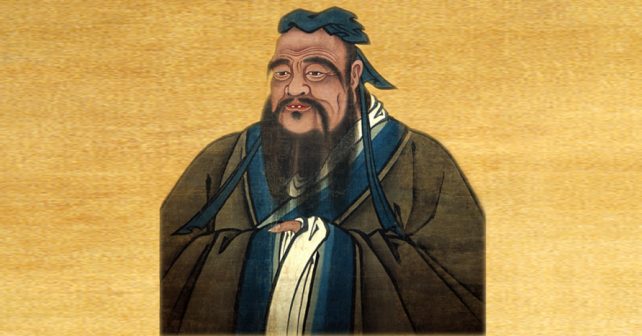
N.Anandam
Confucius (551-479 BCE) is one of the greatest moral preachers of the world. He lived in China during the fifth century BCE. His teachings are the basis for the Chinese culture. The teachings of Lao-tze and Buddha play an important role in shaping the Chinese culture. Their teachings echo in the entire South-east Asian countries. The teachings of Confucius are simple and sharp. This article outlines his teachings broadly.
Confucius made no claim that he was divinely inspired. Like Gautama Buddha, he refused to deal with questions concerning God, life after death and the unseen world. He discarded the idea of serving the spirits. He declared that the saintly men ought to take part in worldly affairs. He emphatically said that withdrawing from the world and associating with birds and animals are wrong since they have no affinity with us. We need to treat fellow people as equals. He asserted that we are bound to relieve and lessen the sufferings of the fellow people both directly and indirectly. We are bound to co-operate with fellow people to achieve common objectives. We need to restore order in a disordered society.
Confucius taught about the duties that the different units of society owe to each other. He said in great detail what he thought about those various duties. He grouped them under five heads: those of rulers and subjects; husbands and wives; fathers and children; elder and younger brothers and those of friends.
Confucius mentions in detail the ideals that rulers should follow. He says that the rulers must use their moral sense and run the government based on eternal moral values. If righteous men lead the government, good government grows as rapid as the growth of vegetation in fertile soil. The rulers must have sense of justice which is nothing but recognition of what is right and proper. To honor those who are worthier than ourselves is the highest expression of the sense of justice. Social inequalities need to be based on moral and merit basis. Only if the social inequalities remain based on moral character, skill and talent, development of a government of the people is possible.
Confucius says: Love of knowledge is akin to wisdom. Strenuous attention to conduct is akin to compassion. Sensitiveness to shame is akin to courage.
When a man understands the nature and use of these three moral qualities, he will then understand how to put in order his personal conduct and character. When a man understands how to put in order his personal conduct and character, he will understand how to govern men. When a man understands how to govern men, he will then understand how to govern a nation.
When the rulers pay attention to the cultivations of their personal conduct, there will be respect for the moral laws. Where the government honors worthy people, they will not be deceived by the crafty officials. When the rulers become the protector of the common people, the mass of the people will exert themselves for the good of the state. When the rulers show kindness to the strangers from far countries, people from all quarters of the world will flock to the country. Thus, Confucius teaches many ideals to be followed by the rulers.
Confucius championed strong loyalty, ancestor veneration and respect of elders by their children and of husbands by their wives, recommending family as a basis for ideal government.
He mentions many values to be followed by the individuals. He advises that individuals should think twice before they act. Everyone need not be saint and it is enough if one acts as a gentleman. A man who has a beautiful soul always has some beautiful things to say, but a man who says beautiful things does not necessarily have a beautiful soul. A truly great man will be courageous to do what is right.
A man who loves truth or learning is better than the man who knows it. The man who finds happiness in it is better than who loves it.
A man who repays kindness with kindness encourages people to do good. But a man who repays evil with evil, warns the people from doing bad. Repaying evil with kindness is the sign of a generous character. Repaying kindness with evil is the sign of a criminal.
Confucius says that human beings are born pretty much alike, but through their habits they gradually grow further and further apart from each other.
It is Human beings that make truth great and not truth that makes human beings great.
His teachings mainly warn that, individuals should not do unto others what they do not want others to do unto them.
Confucius defines clearly who is superior man and inferior man. He says that the superior man understands what is right; the inferior man what will sell. The superior man is broad-minded towards all and not a partisan; the inferior man is a partisan, who is not broad-minded towards all. Further he adds that the superior man goes through his life without any one preconceived course of action or any taboo. He merely decides for the moment what is right thing to do.
Confucius’s moral teachings emphasis self-cultivation, emulation of moral exemplars and attainment of skilled judgment rather than knowledge of rules. Confucian ethics are therefore considered a type of virtue ethics. In short, Confucius’s moral system is based on empathy and understanding others rather than divinely ordained rules.
However, present-day thinkers evaluating his teachings with reference to the present condition comment that giving much importance to ancestor veneration and insisting blind obedience to elders, wife to husband, children to parents are not relevant in present condition. In addition, political thinkers say that Confucius fails to enlighten how people or nation should face the violence of the brute invaders. Their comments on Confucianism are quite reasonable.
In spite of that, other teachings are wise and applicable in the present times as well. Because, they inspire and motivate the people to become moral abiding voluntarily. His definitions to superior man and inferior man are simple, plain and straight. There is no ambiguity in his teachings. That is the greatness of his teachings.
- the modern rationalist
